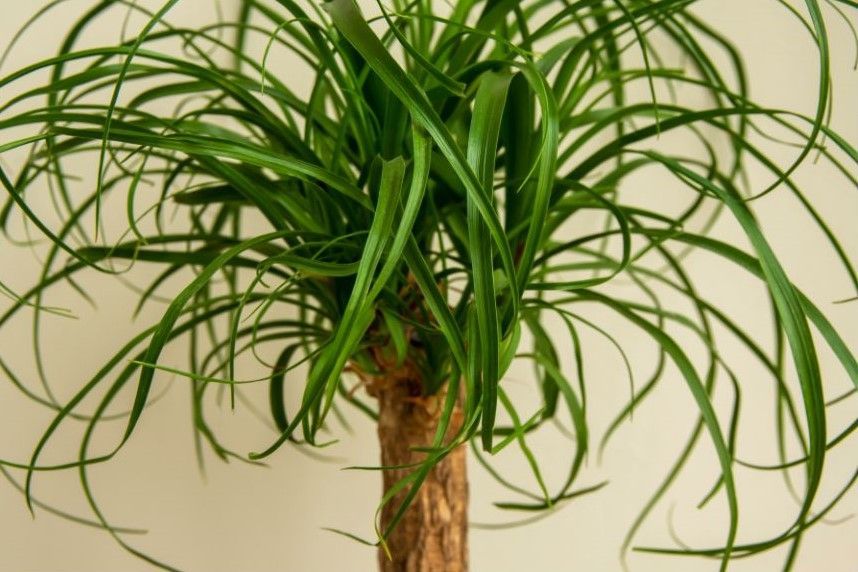Gardeners anticipate the first tomato off the vine every summer; there is nothing better than slicing a fresh one up for a sandwich or eating it right from the vine. It is hard to outdo the flavor and freshness of a homegrown tomato, and it is something anyone can do at home.
What is a tomato?
A tomato is a South American flowering plant of the nightshade family that produces a round, juicy fruit. They are often eaten raw in salads and sandwiches or used as an ingredient in various prepared dishes. A large percentage of the world’s tomato crop is used in processed foods like tomato sauce.
What does a tomato plant look like?
Tomato plants are generally branched, spreading 24 – 72 inches, and somewhat trailing when fruiting. The leaves have a strong odor. The flowers are yellow and clustered. The fruit of the tomato can vary in size from .6 – 3 inches or more in diameter. They are usually red, yellow, green and purple. Each tomato contains at least two cells of small seeds surrounded by jelly-like pulp.
What are the best growing conditions for tomato plants?
Light
Your tomato plants will need six to eight hours of direct sunlight a day.
Soil
The soil should be well-draining, fertile, and have a pH of 5.8 to 7. If growing in a container, add some compost, potting soil, or perlite to improve soil conditions.
Planting
When planting young tomato plants, remove the lowest leaves and set the root ball in a hole deep enough so that only the top cluster of leaves is above ground. Plant small bush types 24 inches apart, and the larger varieties 36 to 48 inches apart. Stake or cage the plants right after planting to provide structure and support.
Water
Tomato plants need consistent moisture. You may need to water more during a dry spell or if the plants are starting to wilt. Avoid wetting the foliage; aim to water the soil instead to prevent pests and fungal infestations. Spread mulch or some alternative around the plants to prevent weeds and help maintain soil moisture.
Feeding
Fertilize right after planting and just before the plant begins to fruit. Apply a
balanced liquid fertilizer or an organic alternative.
Pruning
The only pruning you will need to do is remove any side shoots growing between the main stem and a branch, they will take energy that could go to branches growing fruits.
There are some seasoned tomato growers that recommend certain pruning techniques, such as defoliation when the plant is very young to improve the strength of the stem. It is up to you if you want to experiment with different pruning techniques.
What are the two types of tomato plants?
Tomato plants can be divided into two distinct categories: indeterminate and determinate types.
These terms refer to the growth habit of tomato plants, which can be called bush (determinate) or vining (indeterminate). Technically, all tomato plants are vining plants that would sprawl along the ground without the support to grow upward, but the determinate varieties are much more compact than the indeterminate varieties.
Both varieties have their pros and cons. It depends on how you want to use the tomatoes and the length of the growing season where you live. In Pennsylvania, most of the tomato plants you can buy at markets or stores are of the determinate type, but there are plenty of indeterminate types for sale at these locations.
Indeterminate Tomatoes – indeterminate tomato varieties are vining plants that continue to extend in length and produce flowers and fruit throughout the growing season until the first frost kills the plant. This means you will get a slow and steady harvest of fruit, rather than one large one.
Because of their full use of the growing season, these plants can reach 6 to 12 feet long. They do require staking or caging over the season for extra support. It is good to pinch back some of the suckers on indeterminate tomatoes to prevent unmanageable growth, as well as redirect the plant’s energy to flowering and fruiting branches.
These types of tomato plants work well for people who like a steady supply of fresh tomatoes for salads or sandwiches.
Determinate Tomatoes – determinate tomato varieties are bush-like plants that hit their mature height and produce their fruit all at once before dying back. The plant will stop growing when the tomatoes are set on the top bud, though all tomatoes will ripen at or near the same time (usually a two-week period). This will give you one larger harvest during the growing season.
These plants tend to grow to around 4 feet tall. The plant then stops producing and dies. Sauce tomatoes are determinate, so the entire crop ripens at the same time for large batches. Despite their smaller size, staking is recommended to provide needed support as the fruits grow and become heavy. Pruning is generally not needed as the plant stops growing on its own but can be helpful if you want to redirect the plant’s energy.
These types of tomato plants work well for those who make sauces, pastes, and other products that require large batches of fruit.
What are the best uses for each kind of tomato?
There are thousands of tomato varieties available. Many are hybrids or crosses of two or more varieties, but most can be divided into seven sub-types:
Cherry Tomato – Indeterminate and determinate varieties. Round and bite sized.
Grape Tomato – Indeterminate and determinate varieties. These are about half the size of cherry tomatoes.
Roma Tomato – Determinate varieties, larger than cherry and grape tomatoes but not large enough to be used for slicing. Also known as plum tomatoes.
Beefsteak Tomato – Indeterminate varieties. these are large, sturdy, and firm enough to hold their shape when sliced thinly.
Heirloom Tomato – Indeterminate varieties, vary significantly in size and color, ranging from pale yellow to bright green to deep purple-red. They are non-hybrids, and their seeds are saved and passed down without cross-pollinating with other types. These tend to have a sweeter taste than store-bought tomatoes.
Green Tomato – Indeterminate and determinate varieties. These are often either heirlooms that are green when fully ripe, or unripened tomatoes that have not turned red yet. Green tomatoes are firm and easy to slice.
What are some popular tomato varieties?
Conclusion
Tomatoes are one of the most popular plants for at-home gardening because they are easy to care for and they yield a delicious, juicy harvest for you to enjoy. There are so many subtypes and varieties of tomato to choose from, it can be easy to get lost in the minutiae.
I recommend deciding where you want to plant your tomatoes, how much space you have, when you want to harvest, and what you want to do with the fruits before you pick the varieties you will grow. After all, people growing tomatoes on a balcony might not want a 12-foot plant hanging off the side!
Deciding on these factors will help you reduce your choices to a select few, and hopefully make your decision easier.








